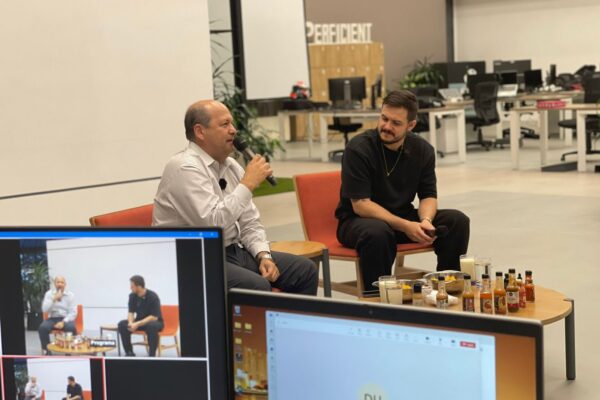Collaboration Among Teams
Collaboration among teams involves creating an environment where individuals and teams work together effectively to achieve common goals. Effective collaboration is critical for high performance, innovation, and delivering value to customers. Collaboration is characterized by open communication, shared responsibilities, mutual respect, and a collective commitment to success. It ensures that knowledge and expertise are distributed and utilized efficiently, leading to better decision-making and faster problem-solving.
Facilitating Collaboration and Avoiding Silos
To promote a culture of collaboration and avoid the formation of silos, organizations should implement strategies that encourage teamwork, transparency, and shared ownership. Here are several ways to foster collaboration, along with real-life examples from software development companies:
Regular Communication and Meetings
Establish regular meetings, such as daily stand-ups, sprint planning, and retrospectives, to facilitate communication and alignment.
Example: Scrum teams at Microsoft hold daily stand-ups to discuss progress, blockers, and plans, ensuring everyone is on the same page and can address issues promptly.
Collaborative Tools
Use collaborative tools like Slack, Microsoft Teams, Jira, and Confluence to enhance communication, project management, and knowledge sharing.
Example: GitHub uses its own platform for collaborative coding, allowing multiple developers to work on the same codebase, review each other’s work, and merge changes seamlessly.
Shared Goals and Objectives
Align team goals with organizational objectives and ensure everyone understands how their work contributes to the overall mission.
Example: Amazon’s “Leadership Principles” guide teams to work backward from the customer, ensuring that everyone is focused on delivering value and achieving shared goals.
Shared Documentation and Standards
Develop shared documentation and coding standards to ensure consistency and clarity across teams. This helps prevent misunderstandings and ensures that everyone is working towards the same standards.
Example: Google maintains comprehensive documentation and style guides for its development practices, ensuring that all teams follow the same guidelines and standards.
Rotational Programs
Implement rotational programs where employees can work in different teams or departments for a period. This helps them understand different aspects of the company and fosters better collaboration.
Example: IBM’s rotational program allows employees to work in various departments, gaining a broad understanding of the organization and building relationships across teams.
Celebrating Successes Together
Celebrate team successes and milestones together to build a sense of community and shared purpose.
Example: At Atlassian, team successes are celebrated through regular “All-Hands” meetings where achievements are recognized, fostering a sense of unity and shared accomplishment.
Conclusion
Effective collaboration among teams is essential for achieving high performance, innovation, and delivering value in software development. By implementing strategies such as forming cross-functional teams, using collaborative tools, aligning goals, developing shared documentation and standards, organizing rotational programs, and celebrating successes together, organizations can foster a collaborative environment and avoid the pitfalls of siloed work. These practices not only enhance teamwork and communication but also drive continuous improvement and innovation, leading to better outcomes for the organization and its customers.
How do you assess your company?
- Teams build and support knowledge transfer processes.
- Teams create good documentation.
- Leadership supports assistance across teams.
- Teams exhibit trust in other teams.
- Resources are encouraged to move between departments.
- Successes are shared and celebrated at the organizational level.
- There is actively and continuously rewarding work that facilitates collaboration.
Cultural Capabilities Series
- Cultivating a Performance Oriented Culture
- How to Create a Continuous Learning Culture?
- How Job Satisfaction Boosts Employee Engagement?
- Unlock the Power of Transformational Leadership
References:
- Forsgren, N., Humble, J., & Kim, G. (2018). Accelerate: The Science of Lean Software and DevOps: Building and Scaling High Performing Technology Organizations. IT Revolution Press.
- How Microsoft Uses Scrum to Improve Team Collaboration” – Microsoft Agile Blog
- “Amazon’s Leadership Principles.” Amazon Day One Blog.
- “Google Engineering Documentation.” Google Engineering Blog.
- “IBM Rotational Programs.” IBM Careers Blog.
- “All-Hands Meetings at Atlassian.” Atlassian Blog.
Perficient continually looks for ways to champion and challenge our workforce, encourage personal and professional growth, and celebrate the unique culture created by the ambitious, brilliant, people-oriented team we have cultivated. These are their stories.
Learn more about what it’s like to work at Perficient on our Careers page. Connect with us on LinkedIn here.


Thank you for sharing good information.